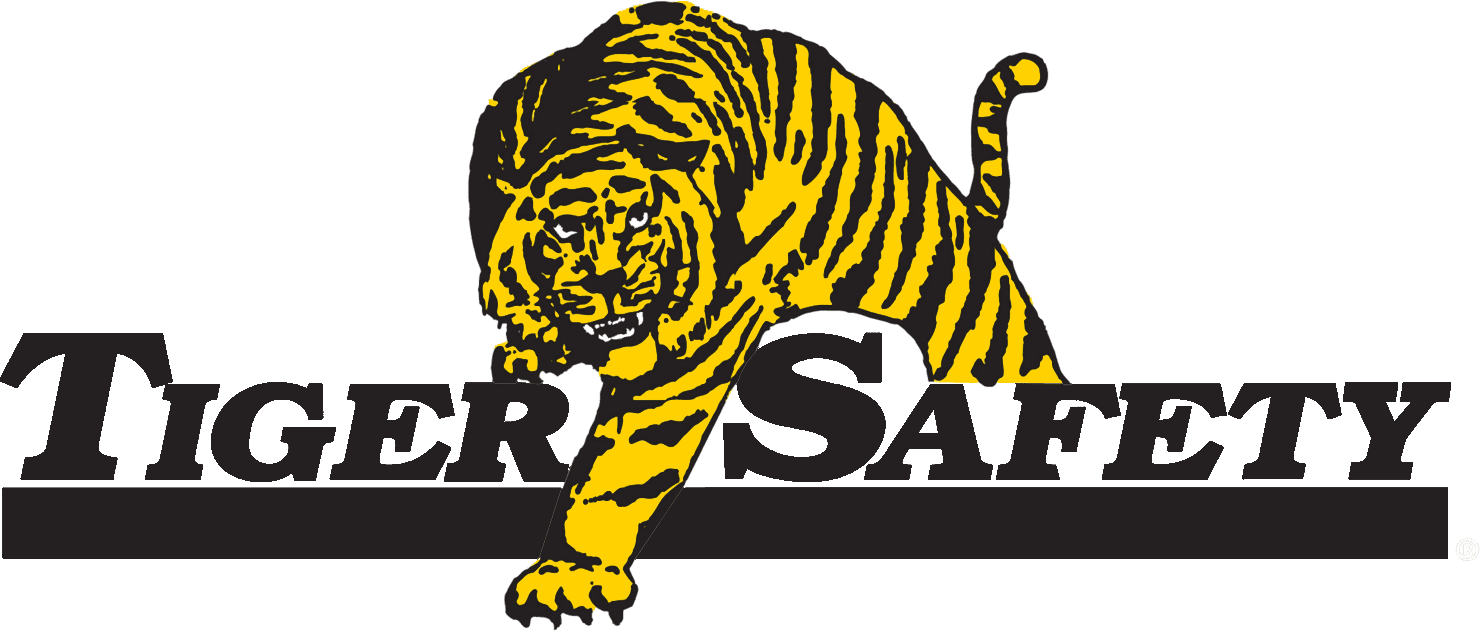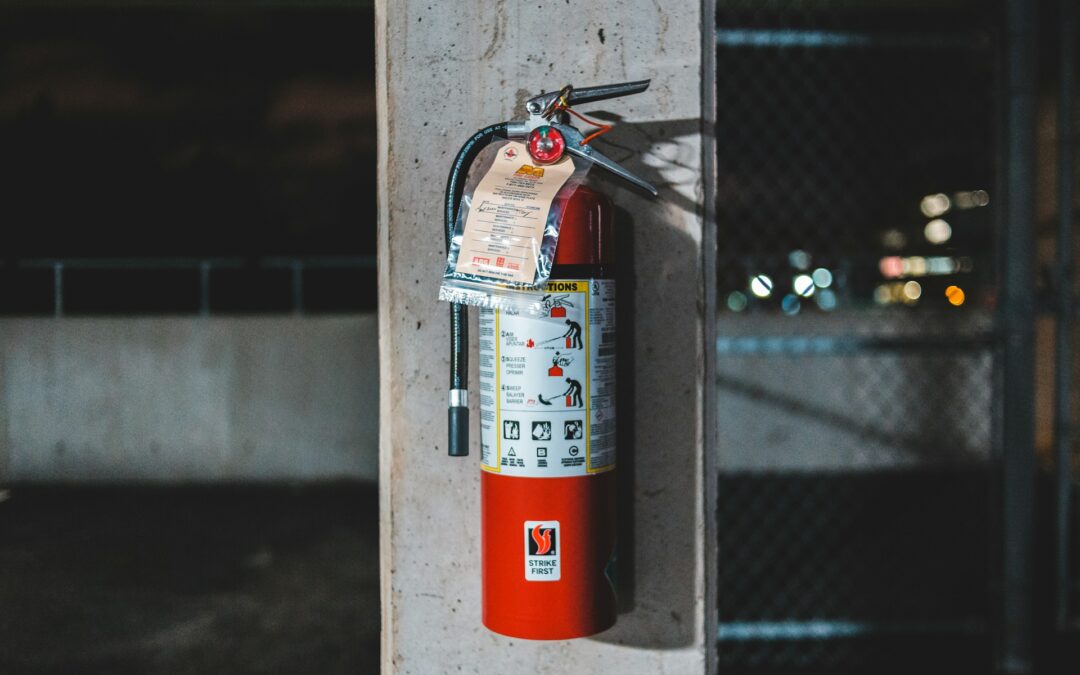The oil and gas industry faces numerous inherent fire risks due to the flammable nature of the materials it extracts, processes, and transports. Protecting workers, assets, and the environment from fires is crucial to maintaining safe and compliant operations. This article will discuss the significance of fire safety in the oil and gas industry, identify key fire hazards, and outline essential fire prevention and response measures. Additionally, we will explore how Tiger Safety Rentals can help your operation enhance fire safety with specialized equipment, expert guidance, and comprehensive training.
As a leading provider of safety services and equipment tailored specifically for onshore and offshore oil and gas companies globally, Tiger Safety Rentals understands the critical role fire safety plays in protecting both personnel and operations. We are dedicated to equipping your workforce with the high-quality fire safety solutions needed to mitigate risks, respond effectively to emergencies, and ensure compliance with industry regulations.
Essential Fire Safety Measures in the Oil and Gas Industry with Tiger Safety Rentals
Key Fire Hazards in the Oil and Gas Industry
In the oil and gas industry, fire risks often stem from the handling and processing of flammable substances, as well as the operation of equipment and machinery. Some of the key fire hazards include:
- Flammable Gas and Vapor Release: The release of flammable gases or vapors, such as methane and propane, can create an explosive atmosphere if they come into contact with an ignition source.
- Mechanical Friction: Equipment and machinery used in the industry can generate heat through mechanical friction, which poses a risk of igniting flammable material if not properly maintained and monitored.
- Electrical Hazards: Improperly maintained or faulty electrical equipment can cause electrical arcs or sparks, which can ignite nearby flammable substances and materials.
- Human Error: Incidents of fire can result from human error, such as failure to follow safety procedures, insufficient training, or lack of appropriate supervision.
Proactive Fire Prevention and Mitigation Measures
To protect your operation from fire hazards, implement proactive fire prevention and mitigation measures, such as:
- Developing and Implementing Fire Safety Plans: Establish and maintain comprehensive fire safety plans that address hazard assessment, safety procedures, emergency response, and post-incident recovery.
- Regular Equipment Inspections: Conduct routine inspections of equipment and machinery to identify and address potential fire hazards, such as overheating, friction, or the release of flammable materials.
- Workplace Safety Training: Provide ongoing fire safety training for your workforce to ensure they understand fire risks, available safety equipment, and proper emergency response protocols.
- Engineered Controls and Fire Suppression Systems: Use engineered controls, such as fire suppression systems, to help prevent the spread of fire and minimize damage should a fire occur.
Tiger Safety Rentals: Comprehensive Fire Safety Solutions
Tiger Safety Rentals provides an extensive range of fire safety equipment and services designed specifically for the oil and gas industry, including:
- Firefighting Equipment: Our selection of essential firefighting equipment includes portable fire extinguishers, fire hoses, nozzles, and suppression systems to ensure your operation is well-equipped to respond to fires effectively.
- Fire and Gas Detection Systems: Advanced fire and gas detection systems provide early warning and detection of fire hazards, enabling your operation to take prompt action and minimize potential damage.
- Personal Protective Equipment (PPE): Equip your workforce with appropriate fire-resistant PPE, such as coveralls, gloves, and helmets, to protect them from burns and harmful fumes during fire emergencies.
- Training and Support: Our specialized fire safety training programs provide your team with the necessary skills and knowledge to recognize, prevent, and respond effectively to fires.
Establishing Effective Emergency Response Plans
A well-designed emergency response plan is essential for ensuring the safety of your personnel and minimizing damage during fire incidents. Key elements of an effective emergency response plan include:
- Clear Roles and Responsibilities: Assign specific emergency response roles and responsibilities to your workforce, and train them in their designated roles.
- Emergency Communication: Establish clear communication channels between all levels of your workforce, emergency responders, and external organizations.
- Evacuation and Assembly Points: Develop evacuation plans, including designated escape routes and assembly points, to ensure all personnel are accounted for during emergencies.
- Drills and Exercises: Regularly conduct fire drills and exercises to evaluate your emergency response plan’s effectiveness and make necessary adjustments.
Conclusion
Implementing essential fire safety measures in your oil and gas operation is crucial for protecting workers, assets, and the environment. By partnering with Tiger Safety Rentals, your operation can benefit from our comprehensive fire safety solutions, including specialized equipment, expert guidance, and training. Trust Tiger Safety Rentals to help your operation maintain compliance with industry regulations, minimize fire risks, and create a safer working environment.
Contact Tiger Safety Rentals today to learn more about our fire safety solutions and safety equipment rentals and how we can support your oil and gas operation in enhancing its fire safety measures. With Tiger Safety Rentals as your partner in fire safety, you can ensure your team is well-equipped and prepared to handle any fire-related emergency, safeguarding your workforce and entrenching a culture of safety within your operation.

